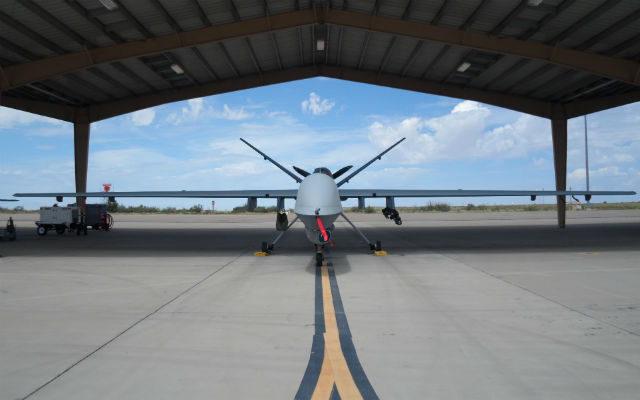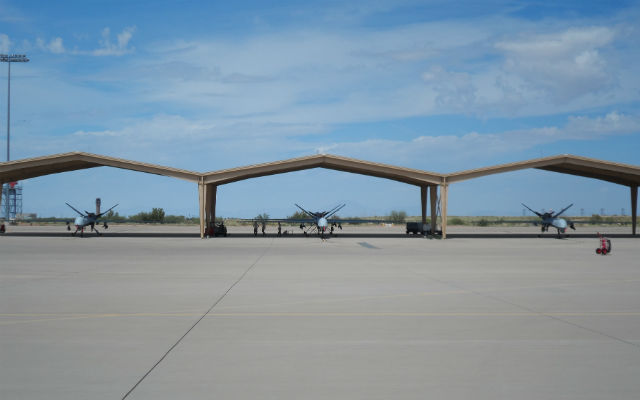has revealed plans to replicate the unmanned air vehicle training that it offers to the US Air Force to more operators of the General Atomics Aeronautical Systems family of Predator UAVs.
The company currently provides pilot training for the MQ-1 and MQ-9 UAVs to the USAF at Holloman AFB in New Mexico, but with more sales of the type – particularly in Europe – Gene Colabatistto, group president of defence and security, is hoping that more “centres of excellence” can be established worldwide.
“The strategy is that we want to be aligned with the Predator,” Colabatistto said during a media briefing at Holloman AFB, adding that there is an opportunity in every region – plus more in the USA – and that CAE has locations for these in mind.
Italy is the first operator nation to acquire its own simulator for its Predator fleet, suggesting that Rome could be pursuing an intention to establish itself as a centre for training in Europe.
France, Italy and the UK all carry out their pilot training at Holloman, while Dutch personnel are due to begin training next year.
“If we create a greater capability in Italy, for example, that’s less training here [at Holloman],” Colabatistto says. “If I could do more, I’d do more with Predator – I haven’t saturated this market yet.
“We anticipated growth, established an agreement with General Atomics, and developed a product line.”
The United Arab Emirates, meanwhile, is in the process of acquiring the export-specific Predator XP from General Atomics, and a training package is understood to be part of its requirements.
Further into the future, Germany and Australia are both considering Predator purchases through ongoing programmes to modernise their Israel Aerospace Industries Heron UAV fleets, and CAE is eyeing potential in these markets.
Australia has previously carried out some training at Holloman, in what it described as an effort to increase its air force’s understanding of complex UAV operations.
“There are other UAV programmes we’re interested in, but there’s no large an enterprise as Predator,” Colabatistto says. “I think the next step is to go deeper and offer operational training.”
Photos: Beth Stevenson/Flight Global
Source: Flight Global


